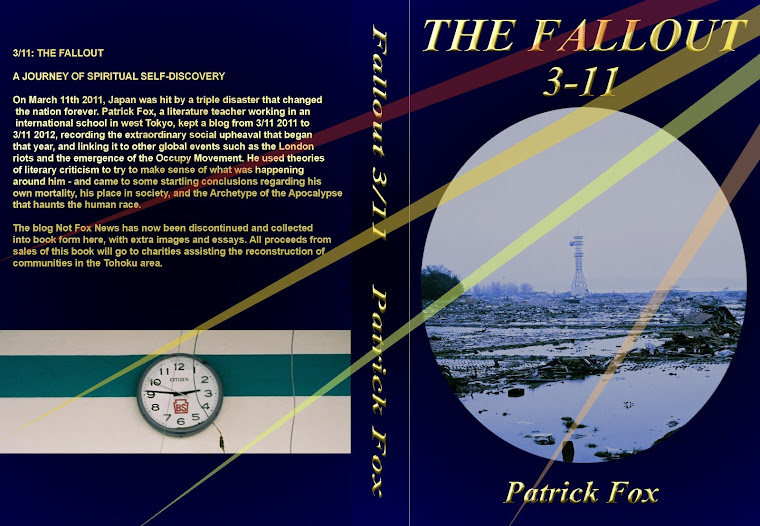CAPTION: Former U.S. Navy Quartermaster Jaime Plym discusses her health issues stemming from radiation exposure while serving on the USS Ronald Reagan aircraft carrier during aid and rescue missions following Japan's devastating 2011 earthquake and tsunami, at a December 2012 news conference in New York.
This is Winston Saint, and I am back. That's the good news. The bad news is that because of health and work reasons, I may not be able to write complete blog posts. If you find a list of links, with brief explanations, please don't be surprised. We're all doing the best we can.
First, more good news. Here is some information regarding the gradual shift of the affected Tohoku regions towards self-government and Temporary Autonomous Zones (see Hakim Bey). Toyo Ito, the architect who has been working to help rehouse the suffering people of Tohoku, has just been awarded the 2013 Pritzker Prize (a kind of Nobel Prize for architecture). His "Minna no Ie" project in the northern region of Rikuzentakata, Iwate prefecture, attempts to come to terms with a decentralized form of social organization that can adapt to any threat from future natural disasters.
For details, go here.
The number of lawsuits filed against TEPCO and the Japanese government is on the increase, with American citizens getting in on the act.
For details, go here.
Now, more bad news. On Monday March 18th a report was released, looking into the projected effects of a major seismic event (on the scale of 3/11) hitting the capital, as it did on Sep 1st 1923. It's quite sobering.
For details, go here.
What exactly does 'catastrophic collapse' mean? One case in point is the bluefin tuna industry. "Maguro", "Chutoro" and "Toro" are the backbone of the Japanese sushi industry, and scientists have calculated Asian fleets have fished the species to the point of extinction. Over the last few years media, politicians and scientists have pronounced the approaching end of the bluefin tuna, but unconcerned consumers have just kept guzzling away, and demand for the sashimi just keeps going up. Should the public be worried? Is this just another false alarm? Should we just ignore it and head on down to the kaitenzushi and keep stuffing our faces? Or are we about to witness the first of the great extinctions?
For details, go here.
"The lessons of March 11th, 2011, have not only not been learned; they have been summarily ignored."
(Roger Pulvers writing in Counterpoint, Japan Times, March 24th 2013).
Feel helpless? Think there's nothing you can do about it? Well there is.





